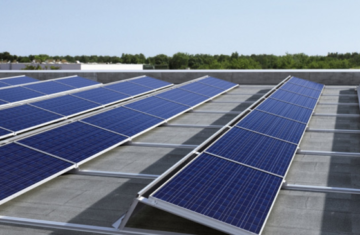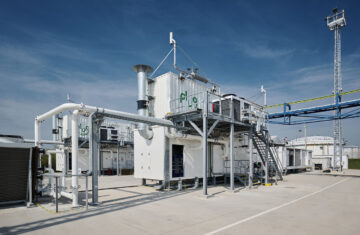Spain stands at the forefront of the renewable energy revolution in Europe, with significant potential to expand its clean energy infrastructure. As the country aims to reduce carbon emissions and meet ambitious climate goals, the push for renewable energy sources, particularly solar and wind, is more critical than ever.
Spain has already made impressive strides in renewable energy. According to the Spanish Photovoltaic Union (UNEF), solar energy capacity reached over 16 gigawatts (GW) in 2022, making it one of the leading solar markets in Europe. The country enjoys abundant sunlight, making solar energy a particularly viable option for widespread adoption.
In addition, Spain’s wind energy capacity has also grown substantially, contributing to nearly 25% of the country’s total electricity generation in 2022. This diverse energy mix is crucial for achieving Spain’s commitment to the European Union’s Green Deal, which aims for carbon neutrality by 2050.
The potential for renewable energy in Spain extends beyond current achievements. The government has set ambitious targets to install 60 GW of solar power and 50 GW of wind power by 2030. This initiative not only aligns with global climate goals but also promises economic benefits. Investing in renewable energy can create thousands of jobs, stimulate local economies, and reduce energy costs for consumers.
Experts agree that Spain’s geographical advantages are key to maximizing renewable energy outputs. The country has vast areas suitable for solar farms, especially in regions like Andalusia and Extremadura, where solar irradiation is among the highest in Europe. Wind energy projects can also thrive in areas like Galicia and the Basque Country, where wind patterns are favorable.
Transitioning to renewable energy sources can have profound impacts on local communities. Not only does it help combat climate change, but it also fosters energy independence and security. By reducing reliance on fossil fuels, Spain can protect itself from fluctuating energy prices and geopolitical tensions associated with energy imports.
Furthermore, renewable energy projects often bring economic revitalization to rural areas. For instance, solar and wind farms create jobs during the construction phase and require ongoing maintenance, leading to long-term employment opportunities in local communities. Additionally, these projects can boost local tax revenues, funding essential services and infrastructure improvements.

While the future looks bright for renewable energy in Spain, challenges remain. Regulatory hurdles, grid integration issues, and public opposition to certain projects can slow progress. To address these challenges, the government and stakeholders must engage in transparent dialogues with communities, ensuring that projects align with local interests and environmental considerations.
Moreover, investment in grid infrastructure is essential to accommodate the influx of renewable energy. Upgrading and expanding the grid will enable better distribution of electricity generated from renewable sources, ensuring reliability and efficiency.
Spain is on the cusp of a renewable energy transformation that can set a precedent for other nations. By leveraging its natural resources and committing to ambitious energy targets, the country can lead the way toward a sustainable future. With a focus on community engagement, economic development, and technological innovation, Spain has the potential to become a global leader in renewable energy, making strides toward a cleaner and more resilient energy landscape.



